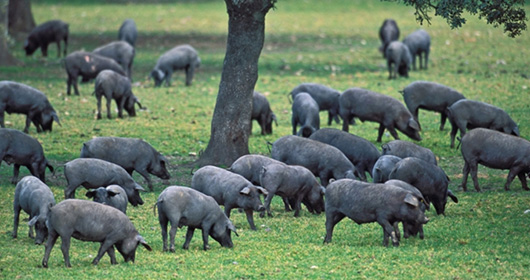The CRIPT surveillance team uses sample collection from a variety of avian and mammalian species for the identification and characterization of emerging influenza viruses. This domestic and international network integrates data to answer research questions relating to the emergence and evolution of influenza viruses in nature.
Our surveillance has several goals, including better understand interspecies transmission of influenza viruses, rapidly isolate and characterize genotypically, antigenically and phenotypically influenza viruses with increased risk for zoonotic transmission and/or for severe disease, and increase our knowledge on seasonal influenza transmission and disease in humans. Al viruses, reagents, including reverse genetics viruses and plasmids that might serve as the basis of human vaccines, and data generated by the four CRIPT Influenza Surveillance, Risk Assessment and Response Research projects will be made available to the scientific community. Genotypic, phenotypic and meta-data information will be deposited in publicly available databases, such as IRB, though collaboration with the designated iDPCC.
CRIPT Surveillance Sites
CRIPT surveillance network is a worldwide effort by the following investigators to collect both environmental samples and those from species such as human, avian, swine, and marine mammals.
Avian
- Poultry/wild birds in Georgia (Fouchier, Lewis)
- Poultry in Indonesia and Vietnam (Kawaoka)
- Wild birds in Argentina and Guatemala (Perez)
Swine
- Pigs in Indonesia and Vietnam (Kawaoka)
- Pigs in Chile (Medina)
- Iberian pigs/wild boars in Spain (Real-Soldevilla)
- Swine in Argentina and Guatemala (Perez)
Marine mammals
- Harbor seals/grey seals in Maine (Runstadler)
Human
- GOTHAM - Genomics of Organisms that Target Health and Affect Medicine at ISMMS, NY Metropolitan area (van Bakel, Simon)
- H5N1 in Indonesia and Vietnam (Kawaoka, Fouchier)
Environmental
- Potential environmental reservoirs (Runstadler)
Below are some highlights from our surveillance programs:


